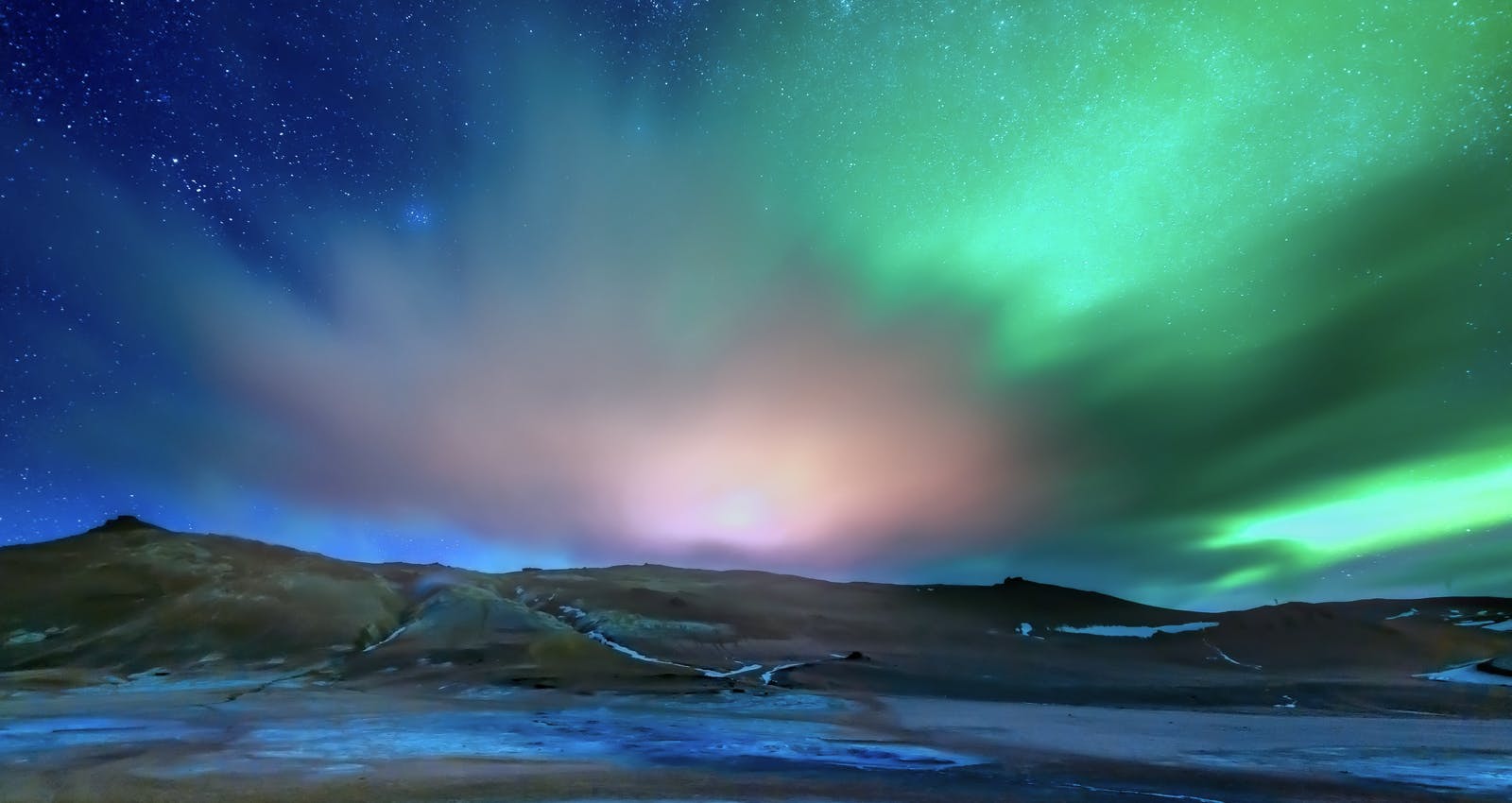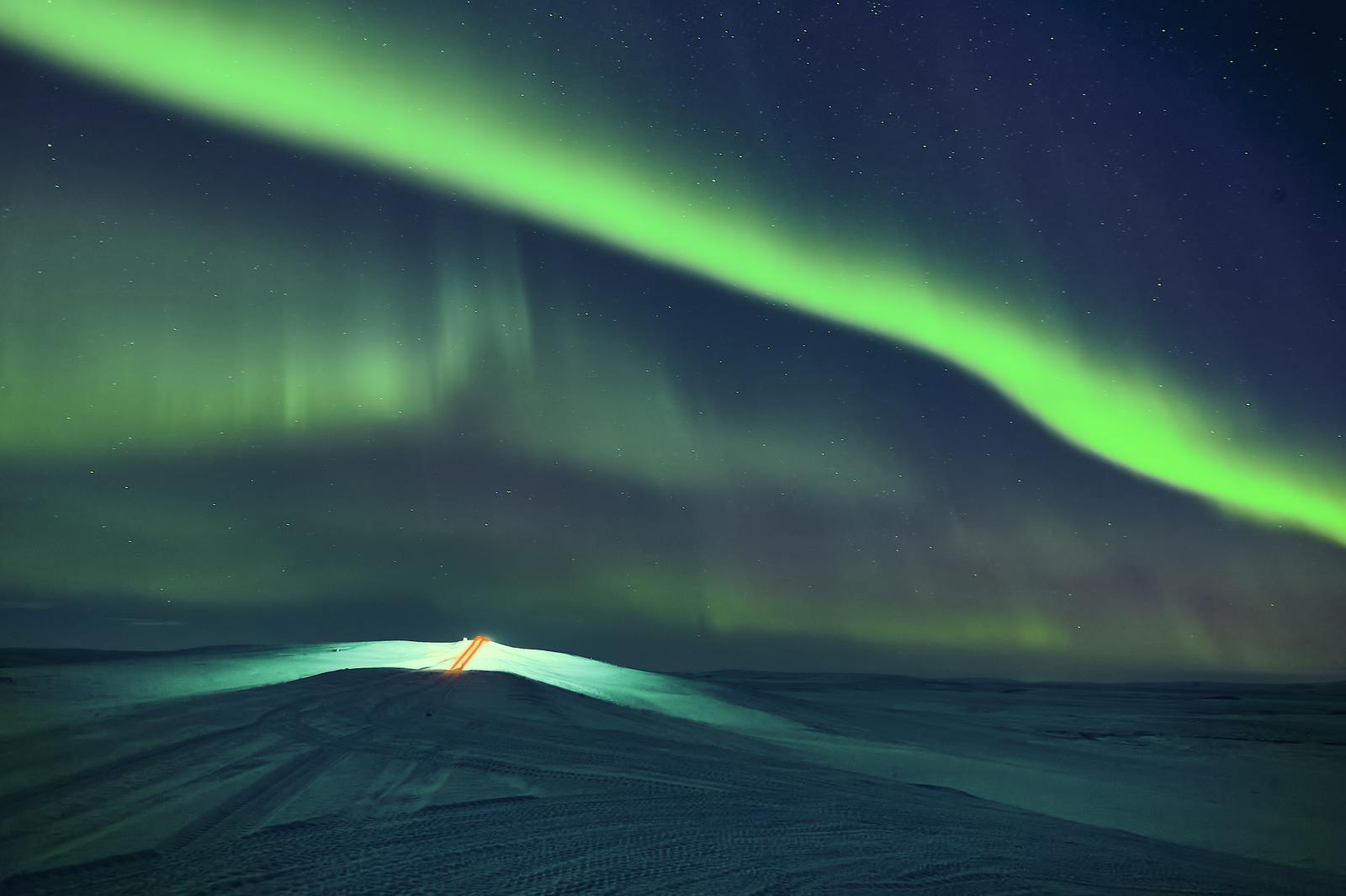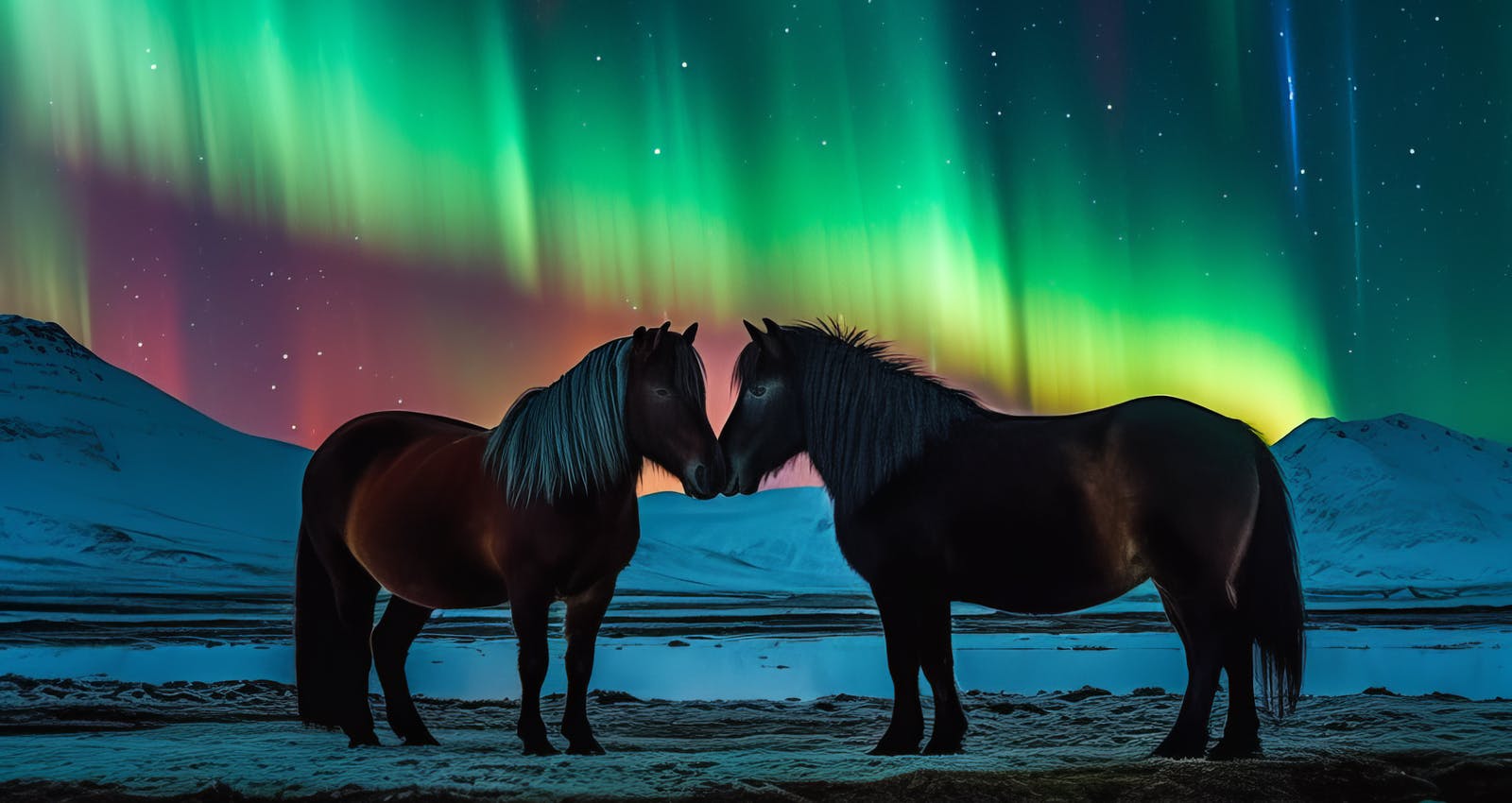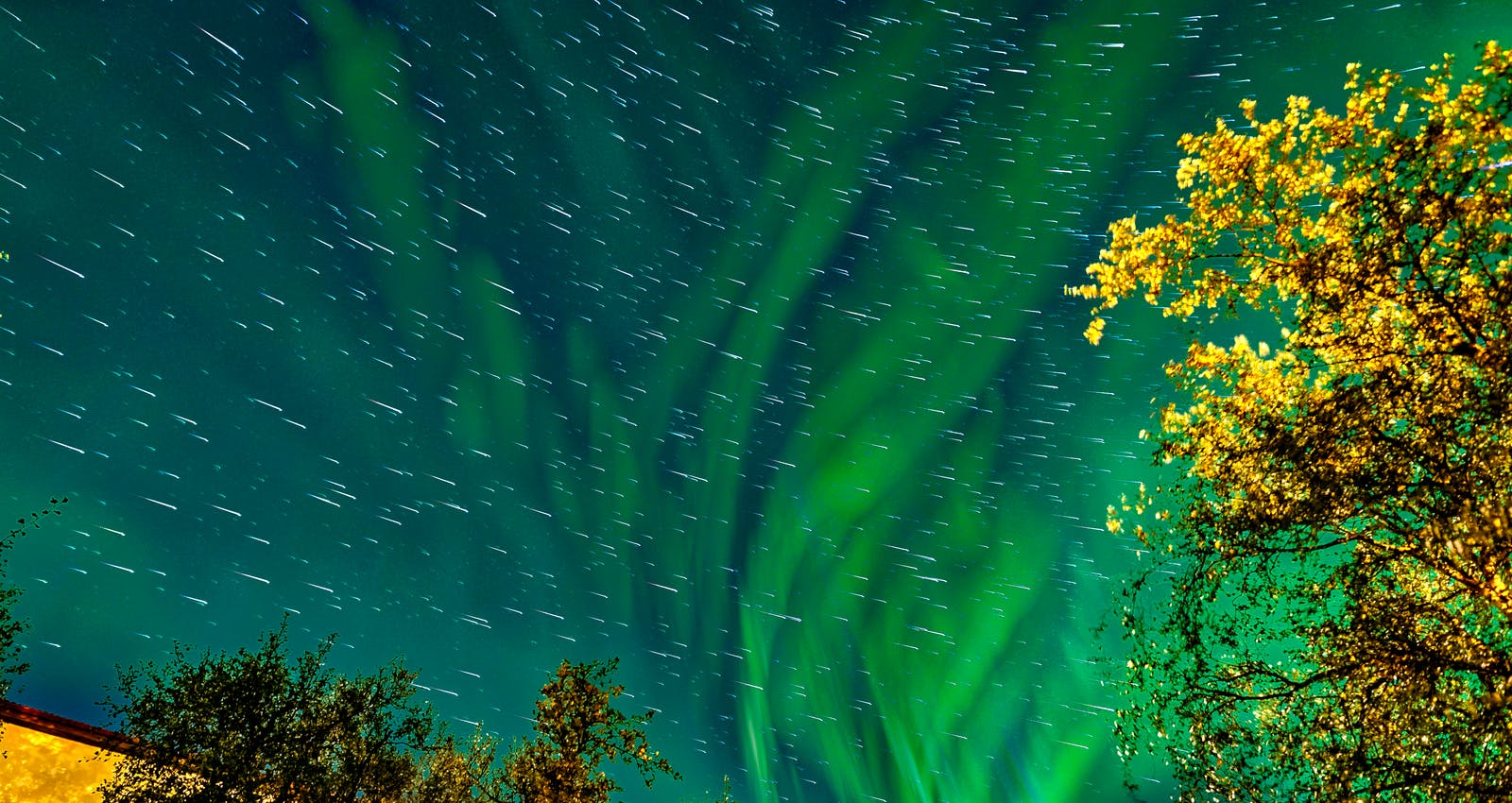
What Causes the Northern Lights?
The Northern Lights, often referred to as the Aurora Borealis, paint the night sky with mesmerising colours and patterns. For many, witnessing this natural spectacle is a once-in-a-lifetime experience akin to nature's very own light show. But what exactly causes these lights to dance and shimmer in the sky?
If you're planning a trip to chase this phenomenon, Reykjavik's Perlan is a must-visit. Inside Perlan, there's a planetarium that hosts the Áróra show. This isn't just any ordinary presentation about the Northern Lights. Instead, it weaves a captivating narrative where the goddess of dawn takes you through the tale of the auroras. The show is a harmonious blend of science and art, offering viewers a comprehensive understanding of the phenomenon while immersing them in its beauty.
Many visitors come to Iceland to witness the Northern Lights, but in 2026, another rare celestial event will take center stage. The Solar Eclipse 2026 in Iceland will bring total darkness to Reykjavík in the middle of the day, creating a breathtaking contrast to the auroras seen at night.
What Are the Northern Lights?

The Northern Lights, or Aurora Borealis, are a captivating light display seen mainly in high-latitude regions near the Arctic and Antarctic. Originating from the sun's constant nuclear fission, charged particles, like electrons and protons, are released into space.
When these particles reach Earth, they're drawn by our planet's magnetic field and collide with atmospheric gases, such as oxygen and nitrogen. These collisions produce the vibrant colours of the auroras, with each colour representing a specific gas and altitude of interaction.
In essence, the Northern Lights are a beautiful manifestation of the intricate dance between the sun and Earth's atmosphere.
Where and Why Do We See the Northern Lights?
The Northern Lights are most commonly visible in a belt that includes parts of Alaska, Canada, northern Russia, Greenland's southern region, Iceland, Sweden, Finland, and the far north of Norway. Some lucky observers might also catch them in places like the Orkneys and the Faroe Islands.
But why these specific locations?
It's all about Earth's magnetic field. The dazzling lights are a result of charged particles from the sun, known as solar winds. Upon reaching Earth's atmosphere, they break apart. As they rejoin to form molecules, they release light.
The intensity of this light is directly related to the sun's activity: the more intense the solar storm, the brighter the auroras. So, if you're planning to witness this spectacle, it's a good idea to keep an eye on the aurora forecast.
Why Do You See Different Colours?

The Northern Lights aren't just one colour. They can be green, red, magenta, blue, or even purple. The variety in colour is due to the different gases present in Earth's atmosphere. When charged particles collide with these gases, they emit light in various colours. For instance:
- Green: This is the most common colour and is a result of collisions with oxygen molecules.
- Red or Magenta: Low in the atmosphere; these colours hint at the presence of nitrogen, while high in the atmosphere, red is caused by excited oxygen atoms.
- Blue or Purple: These are less common and suggest interactions with nitrogen. They're also harder to spot against the night sky.
Why Do You Need Clear Skies To See Them?

The Northern Lights take place at high altitudes, way above the clouds. If it's cloudy, you won't be able to see the lights, no matter how active they are. So, a clear sky is your best friend when aurora hunting.
And while you might associate Iceland with cold and snow, remember that during its summer months, the extended daylight makes it impossible to see the Aurora Borealis. The prime viewing season is between September and April, with the months around the equinoxes the most favourable, usually between 10 pm and midnight.
Why Are the Northern Lights Rare Near the Equator?
The Northern Lights are more prevalent near the poles. In the southern hemisphere, they're called the Aurora Australis. The reason they're rare near the equator is that there needs to be a significant number of particles colliding with the atmosphere to produce visible auroras. The further you move from the poles, the stronger the auroral activity needs to be.
However, during intense solar storms, like the geomagnetic storm in March 2024, the Northern Lights were visible as far south as Hawaii! But such occurrences are exceptions. So, if you're eager to see this natural wonder, heading to places like Iceland might be your best bet. Otherwise, you might be waiting a long time to see them in your backyard!







